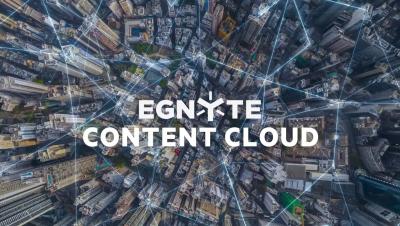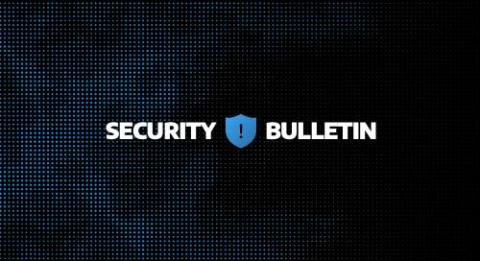The Content Cloud For Mission-Critical Content
Egnyte is the Content Cloud designed for organizations' mission-critical content. It enables collaboration, provides insights, and mitigates risks, helping to unleash the power of your organization's data.











